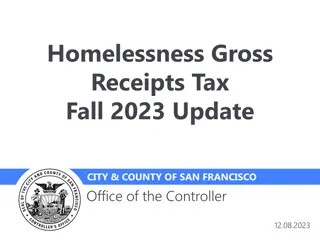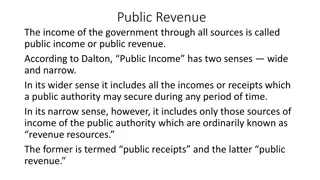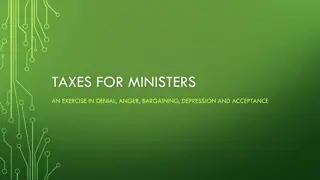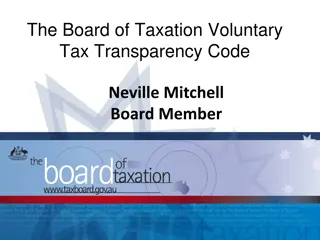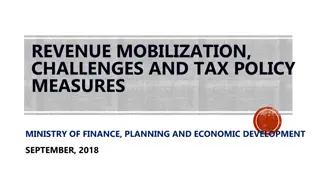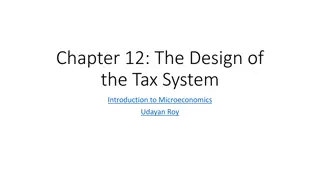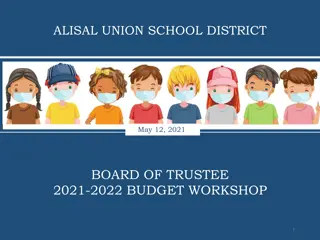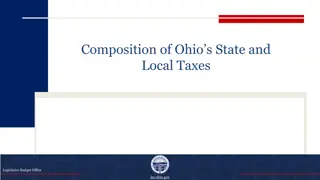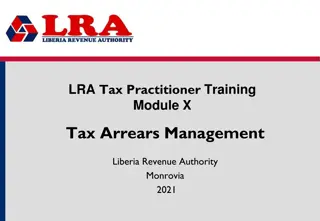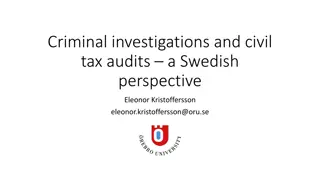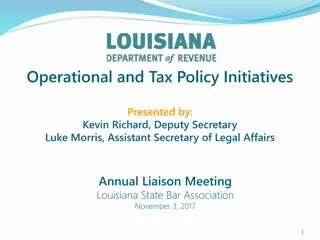Understanding Tax Transparency and Revenue Cycles
Exploring the complexities of the tax gap, this piece highlights the hidden aspects of revenue cycles and tax evasion. It emphasizes the need for a new approach to assess tax expenditures and spillovers for a balanced tax system, contrasting it with the repercussions of poor tax design. Richard Murphy's insights shed light on the challenges in measuring tax gaps accurately and the implications for overall tax structures.
Download Presentation

Please find below an Image/Link to download the presentation.
The content on the website is provided AS IS for your information and personal use only. It may not be sold, licensed, or shared on other websites without obtaining consent from the author. Download presentation by click this link. If you encounter any issues during the download, it is possible that the publisher has removed the file from their server.
E N D
Presentation Transcript
GIFT - Tax Transparency and the Revenue Cycle Richard Murphy Professor of Practice in International Political Economy, City, University of London
The problem with the revenue cycle The big problem with the revenue cycle is what you cannot see Traditionally this has been called the tax gap The tax that should be paid which is not Calculated by only a few countries Perhaps because admitting how much tax you do not owe is quite frightening
But the tax gap is itself little understood Calculated for taxes in isolation And often on the basis of inadequate data and methodologies
What the tax gap does not show as it's calculated at present How much of the tax base is not taxed How much of the tax base is given away in allowances and reliefs How much of the tax gap is due to poor tax design What the impact of tax evasion of one tax is for other taxes
A new approach The tax gap needs to start from national income accounting data And needs to estimate what tax expenditures really are And needs to estimate tax spillovers
Tax spillovers Two elements Spillovers by design Spillover costs
Tax spillovers by design Poor design means one tax undermines another tax Andrew Baker and I have looked at this and come up with a simple perception index to measure this risk A tax weakened by another is scored 5 A tax that threatens another tax base is scored 1
And an unbalanced system is quite different
What next? I now suggest that where risk is high it should also be possible by combining: the economic logic of the multiplier, some accounting theory, and knowledge of tax rates to use estimates from one tax base (and sales taxes are the obvious state point because they're at the top of the income account) to estimate losses in others
Wise use of spillover analysis Wise use of spillover analysis is I think the best way to overcome the data shortages we face I'm happy to discuss it
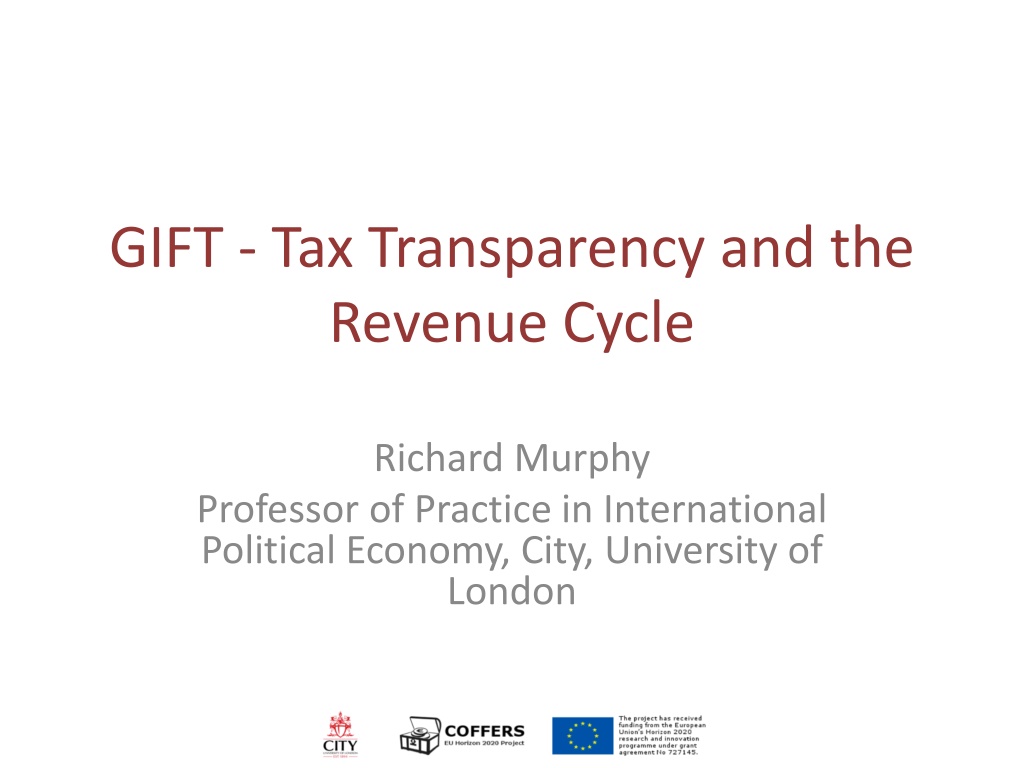


![Town of [Town Name] Real Estate Tax Rates and FY 2024 Budget Summary](/thumb/62211/town-of-town-name-real-estate-tax-rates-and-fy-2024-budget-summary.jpg)
